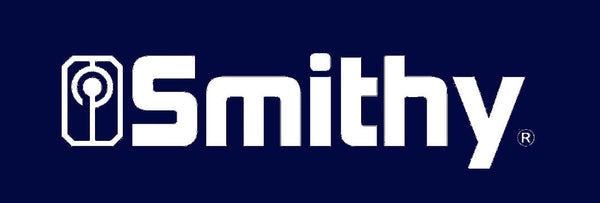|
PURPOSE AND TYPES The portable metal cutting shears are lightweight, hand held power tools used to cut through sheet metal. These shears are capable of continuous cutting along a straight or irregular line on a workpiece. Field and machine shop maintenance personnel use the portable metal cutting shears for sheet metal trimming, auto body work, duct work, aircraft structural repair, and cutting template patterns. These tools can be powered by an electric motor or air depending on the model selected.  Figure 9-27. Portable electric heavy duty cutting shears (single cut).  Figure 9-28. Portable electric ligth duty cutting shears (double cut). Types of Portabe Metal Cutting Shears 1. Portable Electric Heavy Duty Cutting Shears - The heavy-duty portable metal cutting shears have an upper, movable shear blade that moves up and down very rapidly over a fixed lower blade so that a continuous single-cut action occurs. The single-cutting action of these shears can cause the sheet metal being cut to warp or bend, so these shears are not recommended for making precision templates or very flat sheet metal pieces. Some models of the very heavy-duty portable metal cutting shears can cut mild sheet steel up to #6 gage or about 3/16-inch, but most maintenance shops use the normal heavy-duty shears capable of cutting up to #12 gage (about 7/64-inch) or thinner. Softer metals can be slightly thicker than the rating for sheet metal and still be cut successfully. The heavy-duty type shear has a blade clearance adjustment so that the best cutting action can be obtained for each type and thickness of metal.
|
The heavy-duty type with the upper movable blade (single-cut) (Figure 9-27), and the light-duty type with the scissor action blade (doublecut) (Figure 9-28). Both types of shears work well, but there are slight differences in the operation and capabilities of each. Since these are hand controlled tools, the quality of work performed depends upon the experience and skill of the operator. 2. Portable Electric Light Duty Cutting Shears - The light-duty portable metal cutting shears operate with a scissor-like motion that makes a double cut by removing a strip of metal about 1/4 inch wide which produces a distortion-free piece (Figure 9-29). These shears are used for thin sheet metal, such as #18 gage (about 3/64-inch) or thinner. A hole about 3/8 inch in diameter is needed to gain access for inside cutting. The rapidly reciprocating blade enables these shears to cut intricate patterns, make models, trim gaskets, and cut out templates from different sheet metal materials. These light-duty type of shears are lighter in weight and much easier to handle than the larger heavy-duty type. The cutting blade clearance is set at the factory, so the only adjustment is to sharpen the blades if the cutting action becomes difficult.  Figure 9-29. Operation of the light metal cutting shears. OPERATION OF THE PORTABLE METAL CUTTING SHEARS Successful operation of the portable metal cutting shears depends upon two important factors: sharp shear blades and proper shear blade clearance. The shear blades are easily taken out and sharpened or replaced as needed. Each model is slightly different, so follow the manufacturer's instructions on sharpening or changing the shear blades. When sharpening the shear blades, grind only the top and bottom edges. Never grind the sides of the blades. If the metal being cut twists or jams beneath the blades, the most likely cause is excessive blade clearance. If the shears bind or stall when cutting through the metal, or if the blades tend to double shear and produce a burred edge, then the blade clearance is probably too small. Sharpen or replace the shear blades if the cutting action becomes slowed or stops, or if the workpiece edges become burred. Before starting to cut, scribe a line on the workpiece. Holding the portable metal cutting shears in one hand, start cutting from the edge of the sheet metal while keeping the scribed line alongside the reciprocating blade. Only a light forward pressure is required to guide the shears through the metal. Any irregular contours can be followed quickly and easily because one blade is always visible to the operator. If the shear blades are sharp and the clearance for the blades is correct, a clean, smooth cutting action should occur. |
- Featured
- Best selling
- Alphabetically, A-Z
- Alphabetically, Z-A
- Price, low to high
- Price, high to low
- Date, old to new
- Date, new to old
No products found
